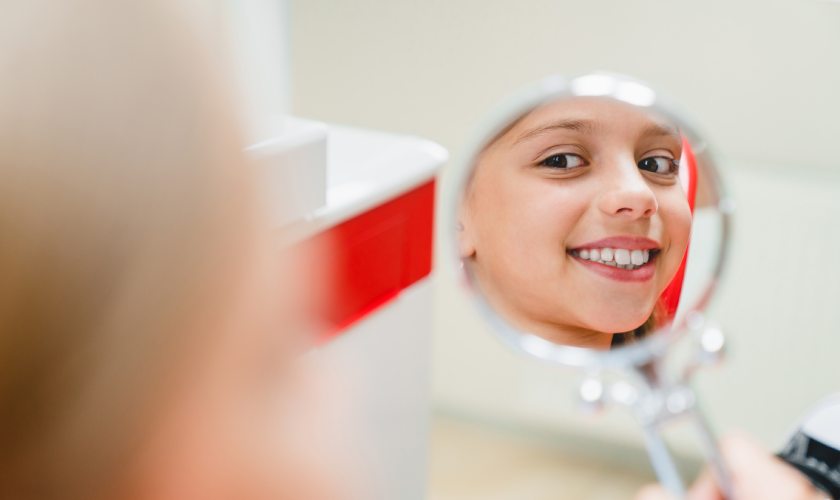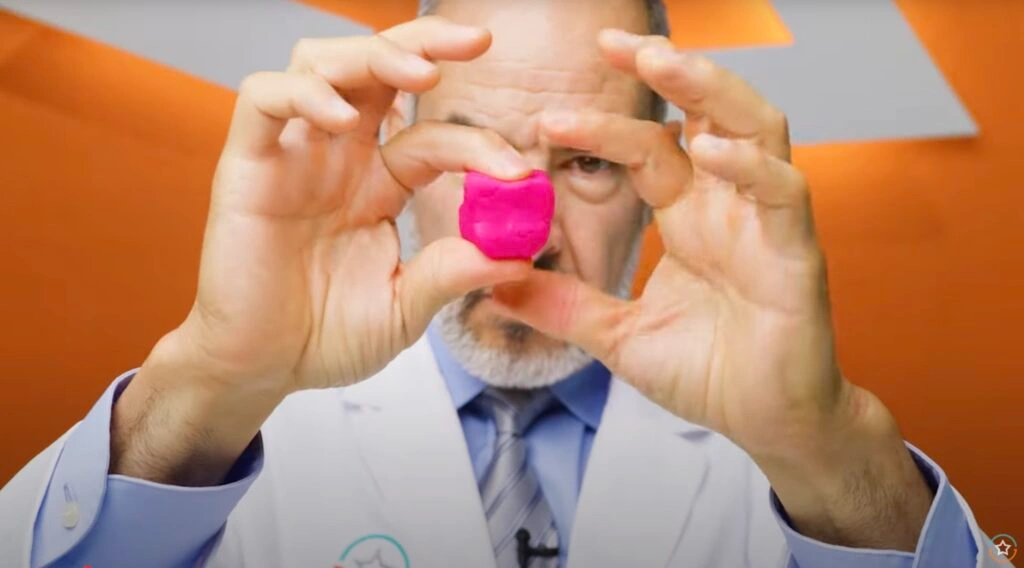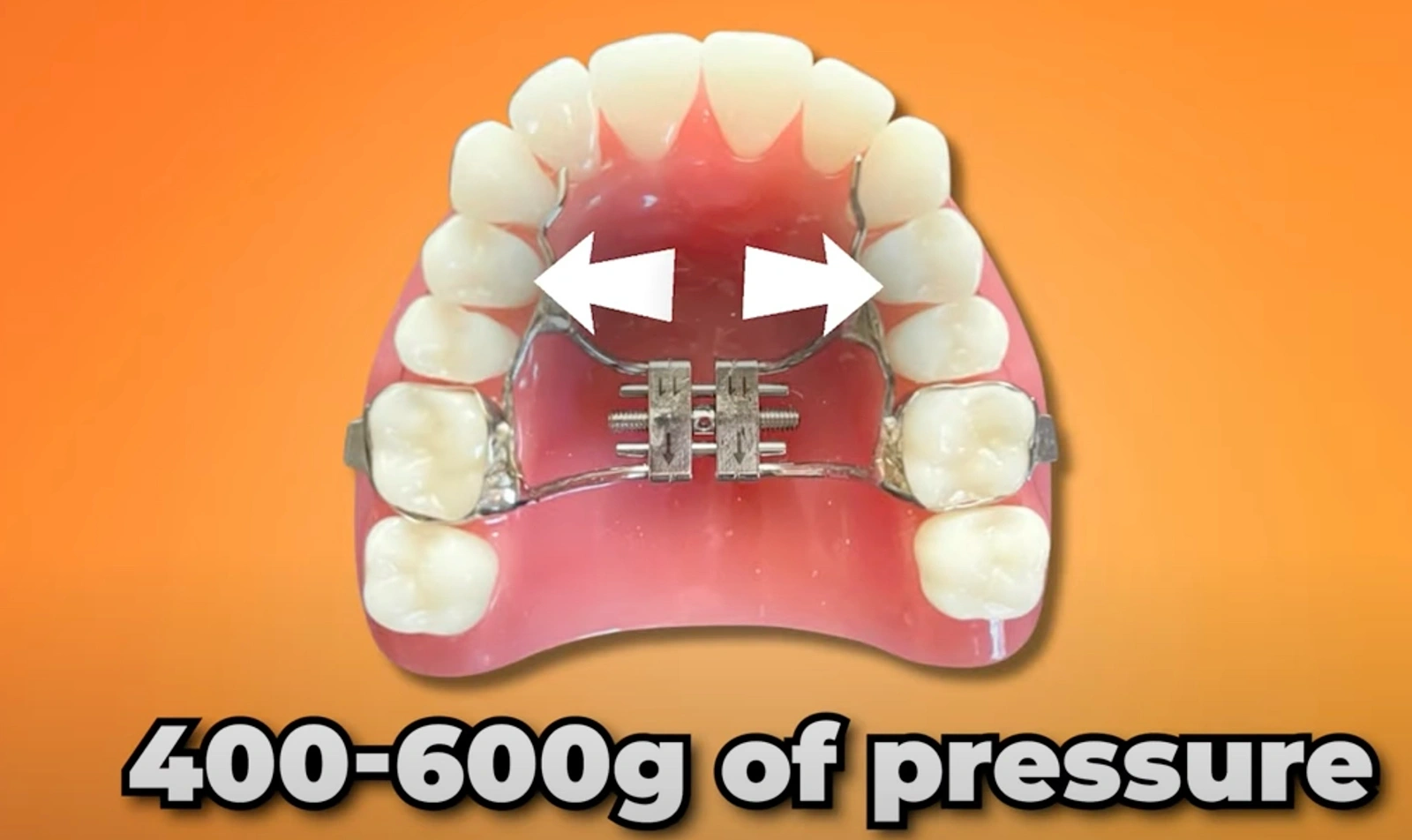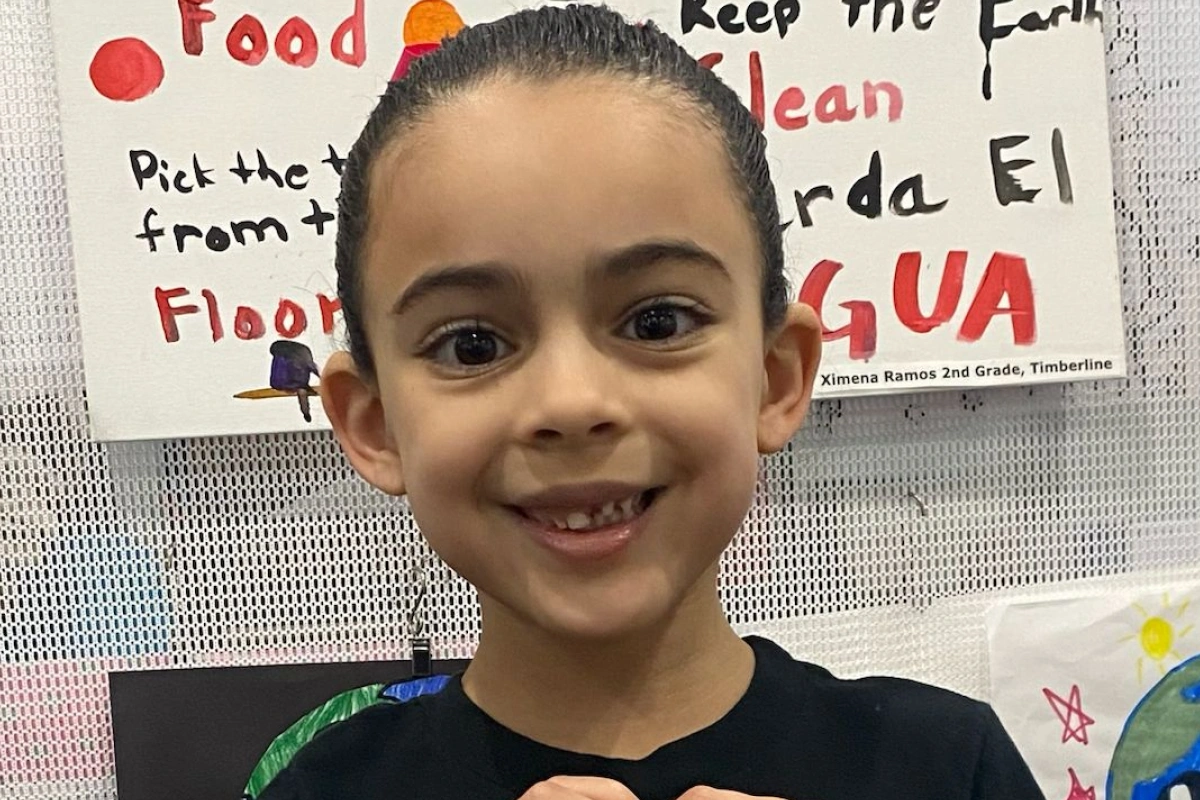
If you’ve recently chosen Invisalign for your child or are considering it, you’re probably looking forward to the convenience of clear aligners. While Invisalign can be a fantastic option for straightening teeth with fewer hassles than traditional braces, there are a few common hiccups that can pop up during the process. Don’t worry, though! With a little guidance, you and your child can avoid these pitfalls and keep their treatment on track.
In case you are new here, I’m Dr. J and have been helping kids and parents, like you for over 25 years. I’m passionate about straightening because a smile is SO much more than just looking good. It affects a person’s entire life. I love helping people because it’s directly tied to my faith in Jesus Christ.
In this blog, we’re going to cover four of the most common Invisalign problems and simple fixes that will make the journey smoother. Let’s dive in!
1. Problem: Forgetting to Clean After Eating
I get asked this a lot every single day. How many times a day should I brush? I ask back: “How many times a day do you eat?” “Two”. “Alright. And snacks?”. “Three”. “So, two + three gives us 5! So that’s five times a day you should be cleaning after eating”.
So, do you need to brush after eating a single M&M? Of course!!

One of the most common problems Invisalign users face is food particles getting trapped in their aligners. If your child forgets to brush or rinse their teeth after eating, these particles can attract bacteria, leading to cavities, bad breath, and even gum disease.
The Fix:
It’s simple—brush after every meal and snack!
To make life easier, I recommend keeping a small travel toothbrush and toothpaste handy. Always brush, even at school or on the go. If your child’s school doesn’t allow them to brush in the bathroom, they can always visit the nurse’s office. You can even get a small toothbrush that fits right in their pocket, making it super easy to use anytime.
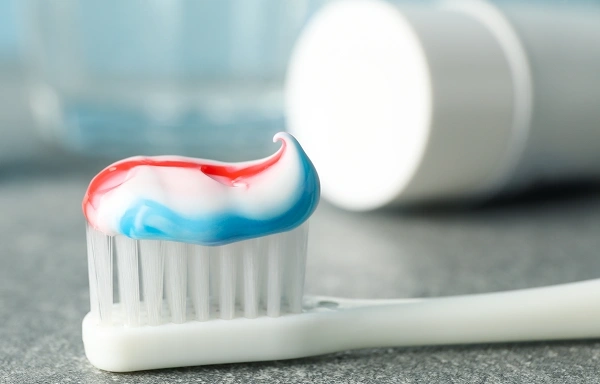
Pro Tip: If you’re caught without toothpaste, don’t worry! Rinsing with water can help keep things fresh until your next proper brushing.
2. Problem: Aligner cutting the tongue
I get this all a few times a month. The aligners are cutting my kid’s tongue. If you have read my other blogs, you know Invisalign Aligners are made and trimmed by precision robots, so the chances of been sharp from the factory are close to impossible.
The cutting of the tongue is almost always caused by someone flicking and then chewing the aligner. The more they flick and chew it, the flatter it gets and the sharper it gets. The aligner is no longer form-fitting to the tooth and it stops working properly. And it can cut the tongue!
The Fix:
The key here is to stop the habit before it starts. Encourage your child not to play with their aligners or chew on them. If the aligner does become damaged or distorted trim it as I have talked about in my other blogs. If it’s too far damaged then throw it out and move to the next aligner wearing that one for 1-2 weeks.
What happens is that once it doesn’t fit it’s no longer doing its job costing you time and money.
Bonus Tip: Be sure to remind your child how important it is to wear their aligners properly. Even small habits can make a big difference in the final results.
Helpful Resource for Parents
If you’re a parent considering Invisalign First for your child, you may be wondering how it compares to traditional braces. That’s why I’ve put together a free guide to help you make the right choice. It covers everything you need to know about the benefits and differences between Invisalign First and traditional braces. Be sure to check it out through the link below!
3. Problem: Increased Saliva Production
For the first few days of Invisalign treatment, people experience an increase in saliva production. This is totally normal! When you first put aligners in, your mouth isn’t used to having something in it, and it reacts by producing more saliva to “wash it away” thinking its food!
The Fix:
No need to panic—this extra saliva will usually go away within the first week or two. It’s just your child’s body adjusting to the aligners. In the meantime, have your child carry some tissues if needed. The good news is that this is a temporary issue, and most kids won’t notice it after the initial adjustment period.
4. Problem: The Dreaded Lisp
This is the one I hear about the most. When your child first starts with Invisalign, they might notice a slight lisp when they talk. This is due to the thickness of the aligners and the way they sit in the mouth up against the tongue. It can be a little awkward, but rest assured, it’s completely normal!
The Fix:
Here’s the good news: the lisp usually goes away in just a few days as your child gets used to the feel of their aligners. How? Well, the tongue is a muscle and we can re-train it! The best thing they can do? Talk, talk, talk! I always tell my patients to practice speaking by repeating phrases, talking along with their favorite TV shows or singing their favorite songs!

The more they practice, the quicker that lisp will disappear.
Conclusion: Keep the Smile on Track
Invisalign treatment offers many benefits, but like any orthodontic solution, it comes with its own set of challenges. The good news is that these problems are generally easy to fix, and by being proactive, you and your child can keep their treatment moving smoothly. Regular brushing, avoiding habits like chewing on aligners, and practicing speech can help avoid the most common issues.
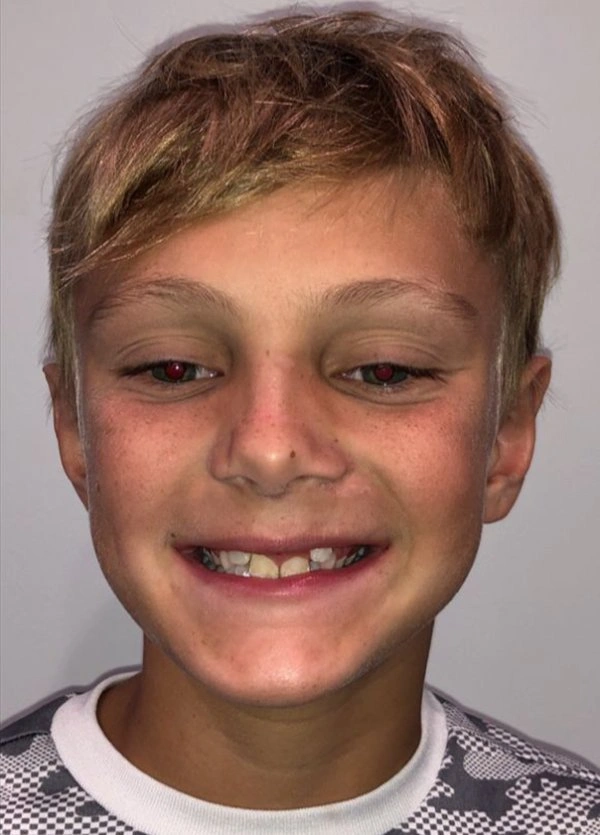
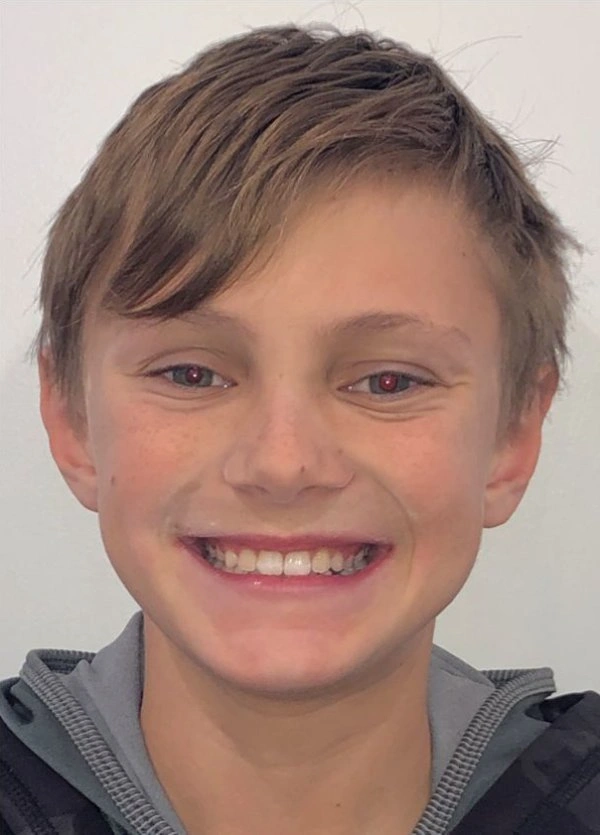
If you’ve got any more questions about Invisalign, or if your child is getting started with treatment, feel free to reach out! Remember, a beautiful smile is within reach – and it’s so much more than just straight teeth. It’s about boosting your child’s confidence and giving them a healthy, happy future. Don’t wait! Book your FREE appointment with Dr. J at Stellar Smiles Ortho:
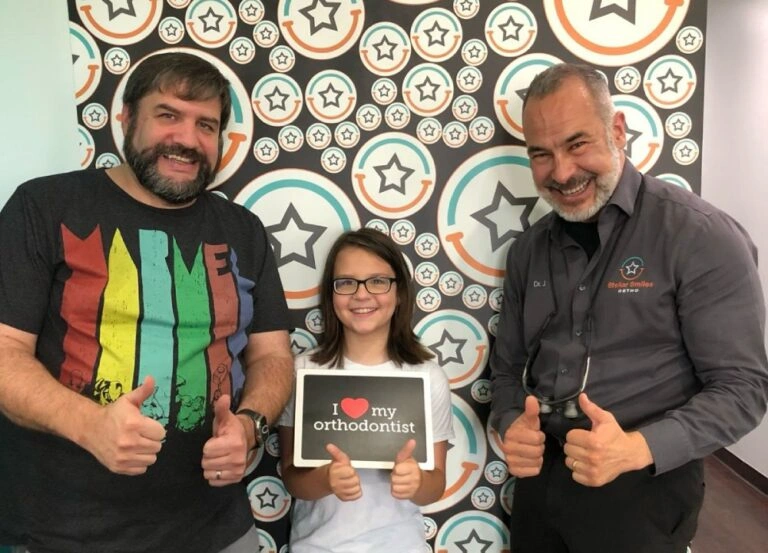
Want to see and hear more?
For a more interactive experience, check out the live YouTube version of this blog, where we dive deeper into the topic and share expert insights. Watch the full video!
Pray to God every day and ask him “Lord bless me to be a blessing to someone else”. Does not have to be someone you know. How cool is it when someone says to you: “You made my day”. And then you smile and point up – “He did”.

